Carroll Quigley and to a lesser extent, Toynbee and Spengler argued that the formation of civilizations came from places in the periphery. The Frontier of previous civilizations. This is because frontiers are the ones that butt up against different cultures and end up sitting in a different ecology, which Spengler predicted was a major aspect of the development of Kultur. One example of a civilization that formed in this manner was the West itself. It didn’t form from South Italy and Greece after the Apollonian world ended, instead, it formed from the Latin Frontiers of Gaul, Northern Italy, and Germania; places that were lightly settled by Latins before Germanic tribes moved in from the north as well. Here we also saw the raw energy of the Germanic peoples developed that gave the spark to the Faustian tradition percolate into the slightly more civilized but still very indigenized and rough Frontier Romans. The West thus has four major cultural components. Latin, Germanic, Christian, and Celtic. All the major countries of the West are a cultural admixture of these four cultures and all of these pull at the core of the West. The most prominent Western countries such as France embody all four of these cultures to the fullest. Other examples include India being Harappan/Dravidian/Indo-Aryan and the Greeks being Mycenean/Minoan/Dorian/Phoenician. Some like Dugin argue that the coming Russian Culture will be Slavo/Turkic but this has yet to play out.
In the desert expanse of the Aridoamerican Plane, we can see much of the same cultural dynamics unfolding. This fact of cultural intermixture is such a blatant reality here that the locals espouse it with extreme pride. Unlike the Megalopolitan DEI which is a top-down imposition, here is one of the rare examples that such cultural intermixture is much more of a bottom-up occurrence and is embodied with full support by the locals. It bleeds into their art, architecture, food, how they dress, traditions, how they view their history, and thus how they project themselves onto the world. There is no “White Replacement” here nor is there a clash of the races. The date of the supposed demographic oblivion for Anglos which has been stated since the 70s is long past. The area is still a cleft as Huntington predicted, however, it seems more likely now that this cleft status is acting as a pressure to unify the population rather than divide it. Many in the Borderland communities were angered by the patronization of the borders by the rest of Anglo society and so decided to work closer with their Mexican neighbors on the other side. Similarly, many within Northern Mexico do not trust Mexico City and have a history of rebellion against it. Texas might be conservative, and California more liberal, but both of them floating secession doesn’t come from political views but rather that they’re Aridoamerican entities rather than true Western ones.
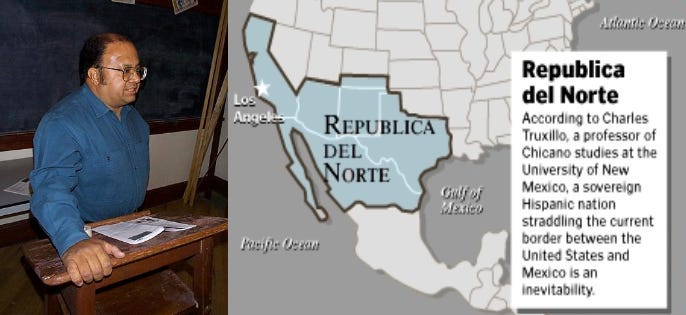
The late Dr. Charles Truxillo of the University of New Mexico describes it best, claiming both the Southwest and Northern Mexico as fundamentally unified land and would form a new nation-state due to its specific cultural consciousness. However, where I differ from Truxillo is I believe the land he describes to be civilizational rather than nation-state simply due to how culturally different many of the internal Mexican-based Americans are from each other while living within a similar broad cultural framework. Not to mention that while Aridoamerica is a culturally unified and internal land, it is very predisposed towards smaller states as well as the fact that the Westphalian Nation as a concept is collapsing in favor of different polities due to the shifting tides of war and polity.
This consciousness, this synthesis, points to a people drawing their culture from multiple separate cultures. These are ancestor societies, places in which the current forming culture internalizes itself through the older forms. So what are the ancestor societies, the cultures Aridoamerica draws upon for its mythos and spiritual uplift? I believe there to be four major ones, just like the Westerners and the Greco-Romans before. This is an extremely abridged description of all the cultures present in the land that the Aridoamericans draw upon for their internalization of culture and history.
The Southwestern Community
This is a broad label I use to describe the many Indigenous People present in the American Southwest and Northern Mexico, based upon very similar belief structures present throughout all the communities, as well as them all being ethnically close. The Southwestern Community can be described as a slew of linguistic families. These language families are Uto-Aztecan, Yuman-Cochimi, Chumashan, Kiowa-Tanoan, as well as the Southern Athabaskan who in the distant past started as migrants from Alaska. This doesn’t include the multiple lingua isolates within the region as well. They were a mix of semi-settled sedentary peoples who built settlements and nomads, primarily growing corn. In certain ways, in the northern frontier due to clashes with the Puebloans and Southern Athabaskans and their later gradual cultural unity, this could be seen as one of Aridoamerica’s early synthesis.
Famous Groups - Puebloans, Apache, Dine, O’odham, Yaqui, Havasupai, Ruramuri, Commanche
Famous Polities - Ancestral Puebloans, Hohokham, Mogolollon, Comancheria
The Mesoamericans
Mesoamerica was a remarkably developed civilization stretching back thousands of years roughly to the end of the Eurasian Bronze Age when the Olmec culture formed. Mesoamerica has the rare distinction of being a “Cradle Civilization” meaning it didn’t form at the frontier of another unlike the Westerners, Greeks, or coming Aridoamericans. They rose to civilization after domesticating corn from the teosinte plant and their polity was mainly centered around a loose confederation of politicking city-states and so was a decentralized and religion-based society. Unlike other cradle civilizations like Mesopotamia or Egypt which were absolutist god-king structures, Mesoamerica was more Feudal and medieval. It did have kings who acted as conduits to the gods, but they were far weaker than they were in Eurasia. The society is best known for its stepped pyramids and ironically, their politicking was the main reason for their collapse as a civilization as the Spanish exploited this internal politicking to their own benefit. Contrary to what some may think, there are still lots of Mesoamericans but are often obstructed by the “woke” buzzword of ‘Mexican Indigenous People.” They were mostly relegated to a rural peasantry by the hands of the Spanish, but have preserved their languages, however many of these Mesoamericans were culturally Hispanicized. They mostly exist in Southern Mexico, Guatemala, Belize, and El Salvador, however many have percolated into the Southwestern United States.
Famous Groups - Mayans, Nahuas, Zapotecs, Mixtecs, Purepecha
Famous Polities - Olmec Culture, Mayans, Toltecs, Aztec Empire
The Hispanics
The Hispanics largely came after the conquest of Mesoamerica at the hands of Spain. Hispanic society in Mexico was originally centered around a racial-based feudal system which the Spanish hijacked from the Mesoamerican one. However, racial feudalism collapsed once the Spanish Empire entered the northern frontier, and the Spanish thus focused on the construction of missions to (brutally) convert the locals. Intermarriage rates also gave rise to Mestizos which were a middle group position before the Mexican War of Independence, but in the twilight of the 19th century, Mestizos became much more prominent and became the majority of Mexico shortly after. The Hispanic culture here is the oldest European presence on the North American continent and created the oldest structures not built by indigenous hands. Mexico would go on to see a split between a much more European North owing to the sparse hood of the Southwestern Community and a much more Indigenous-dense Civilizational South. This dichotomy didn’t just end at the border. Who would become Mexican-Americans would follow this general trend too, with states and regions they are overwhelmingly dominant in, having Hispanics be of even higher European blood than Modern Northern Mexico. Certain groups like the Nuevomexicanos are among the highest European ancestry of any Hispanic People in the New World. How Spain settled this region resembles the Southern Cone, both culturally and demographically and both enjoyed a similar isolated frontier status. However, by both being close to the very European Northern Mexico but also being super attractive to the farmers of Southern Mexico who were the indigenous peasantry, the United States and especially the Southwest received both the most Indigenous and most European migrants of this Hispanic Sphere. Ever since the annexation of the Southwest, Hispanics morphed into a socio-linguistic label rather than a racial one.
Famous Groups - Nuevomexicanos, Tejanos, Mexican Mestizos/Castizos, Chicanos
Famous Polities - Kingdom of New Spain, Republic of the Rio Grande, Mexico (States of Baja California, Baja California Sir, Sonora, Sinaloa, Chihuahua, Durango, Coahuila, Nuevo Leon, Tamaulipas)
The Anglos
The term Anglo, much like Hispanic, has morphed from a specific cultural label to describe a specific set of people to one describing broad socio-cultural labels. While Anglos within the land are overwhelmingly of celto-germanic North European stock, mainly the British Isles, Germany, the Netherlands, Italy, and Scandinavia. Black Americans who can be classed as Anglo as well have percolated into this area as well, although their presence within the Aridoamerican Plane is much weaker than they are further east. They came roaring from the east in a tsunami-like wave of people from the late 1700s-1920s, and much of it entailed brutality. Here, most Anglos tend to be the former or better known as White Americans to the common world with many of these Anglos being far less tied to Europe than those who lie further east. Some may keep their older European labels as a sort of relic, but many more dropped this altogether in contrast with the East which is still obsessed over their European Heritage. Due to a mix of conflict and the diversity of the diaspora, Anglos shifted from the European Diversity into a single rapidly homogenized entity. Its culture is mostly from the British Isles owing to the American Empire, however, it has taken many fragments from Europe to form its broader identity. The Anglos originally held immense condescension to the Ladder Three, cultures, but this has broken down due to acculturation and multiple social movements. Anglos are also known for their legendary engineering projects, even if many of said projects may be much less sustainable to the general land.
Famous Groups - Yankees, Midwesterners, Dixies, Mormons, European Diaspora, African Americans
Famous Polities - The British Empire, The Confederate States of America, The United States of America (States of California, Texas, New Mexico, Colorado, Arizona, Nevada, Utah)
Smaller Influences - East Asia and India (Buddhist New Age Philosophy), Africa (Musical Traditions), Sephardic Jews and Moors (Architecture and Frontier lifestyle)
These groups aren’t concrete and monolithic. Many people here in truth, are syntheses or mixes of these broader cultures, blood be damned. The average modern Mexican is both Iberian and Mesoamerican, while Tejanos are both Anglo and Hispanic. Some groups such as Nuevomexicanos and Chicanos are a synthesis of all four of these broader culture groups. Even the more monolithic looking of these people are very different from their main areas of origin. Nahuas are originally migrants from the Southwestern Community. Anglos in the area have adopted many more Hispanic and Indigenous cultural aspects into their broader mythos. They wear turquoise and Concho belts, while being obsessed with rodeos with women sometimes liking to wear light dresses more often worn by locals of Oaxaca and Southern Mexico than anywhere else. Similarly, Northern Mexicans are much more individualist and capitalistic than their southern counterparts, with many in places such as Monterrey celebrating Thanksgiving. These are seemingly arbitrary occurrences but they point to a broader picture of these four broad-based culture groupings forming what is in truth an entirely new identity and culture. How the Aridoamerican Plane continues to develop moving forward will likely have major impacts on the twilight years of the American Empire and the broader world as a whole.
Many treat the United States as a newer, more materialist, and advanced version of Europe, and for the Eastern United States, this is certainly true. However, this America as an extension of Europe ends at the 100th Meridian. From here, demographic and ecological realities shift profoundly as America turns from deciduous forests to Deserts, Mountains, and Grasslands. When people stereotype all of America as being Texas/California, they are looking past the cultural extensions of Europe to where any unique culture begins. Texas being the face of European perception into America makes a lot of sense, Texas is the part of the Aridoamerican Plane most oriented towards Europe geographically. What many in Europe, America, and indeed the world cannot comprehend is that these Aridoamerican roots are in many cases thousands of years old and form the basis of its traditions as specifically from those foundations. In many ways, this true Aridoamerican culture has as much in common with the Aztecs and Hohokham as it does with Europe; something fundamentally new yet with roots as ancient as the ruins of Mesa Verde.
Future policies that might develop in this land warrant much speculation that in actuality needs an article describing potential policies that might develop, however, we can do a bit of guesswork about the future broader culture. As the Faustian model continues to implode on itself, we will begin to see the Mesoamerican and Indigenous cultures begin to grow much stronger, potentially equalizing with the Anglo and Iberian much like what happened with the merger of Dravidian and Aryan cultures in India to form that civilization. Because of this, we will likely see the genetics begin to shift markedly. Race is Culture, Kinship, and Geography; the former three already giving the verdict of this land. Genetics is downstream of this trend and we will continue to see shifts in that direction. Eventually, we will start to see Anglos have more Amerindian and Iberian blood; the amount varying wildly based on the location much like what happened in Western Europe and the merger of Germanics and Latins. You could very well see Castizo analogs to the Lombardized North Italians and Frankish Occitans develop in places like Texas or Colorado.
This process won’t be perfectly friendly. It comes at the tail end of lots of cultural and social clashes, much like what happened in Western Europe; as well as likely future clashes. Ones that will increase when the American Arminius reveals himself much like what happened in Germania. However, these clashes will not be one of civilizations or races, but one of a forming new civilization working to define itself as it has already been doing. We have already seen factions such as Hispanistas, Indigenists, Aztec Revivalists, Americanists, and Atlanticists, and mixes of these ideologies begin to form within this new framework just like the Roman Revivalists, Pan-Latins, and Nordicists of Europe have done while still fitting into Western Civilization. One where we could see the future Anglos equally alienated and jettisoned from their Eastern counterparts much like the Hispanics and Natives. Some groups like the Mormons already dealt with this fate earlier on. However, the broader cultural shift is happening. Soon we will see linguistic and genetic shifts usually preceding the ethnogenesis of new peoples uniquely tied to the Aridoamerican Plane. What the groups of people within this land might call themselves and how they internalize the broad synthesis of these four great cultures that define the Aridoamerican expression; time will only tell.

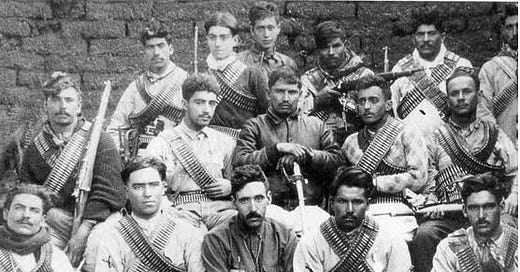



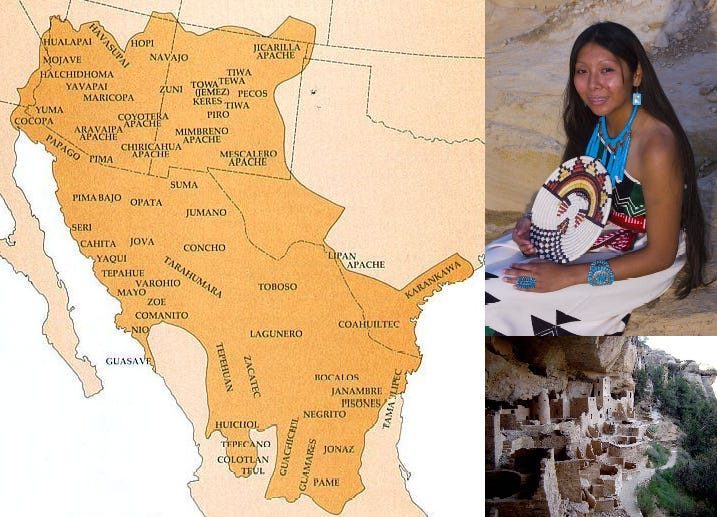
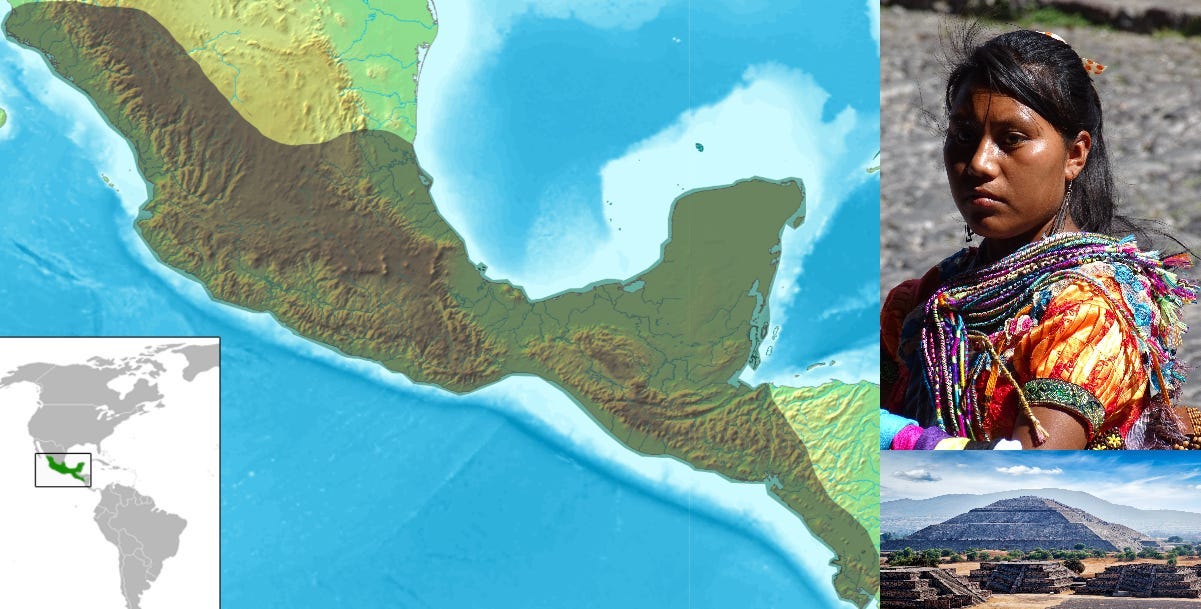
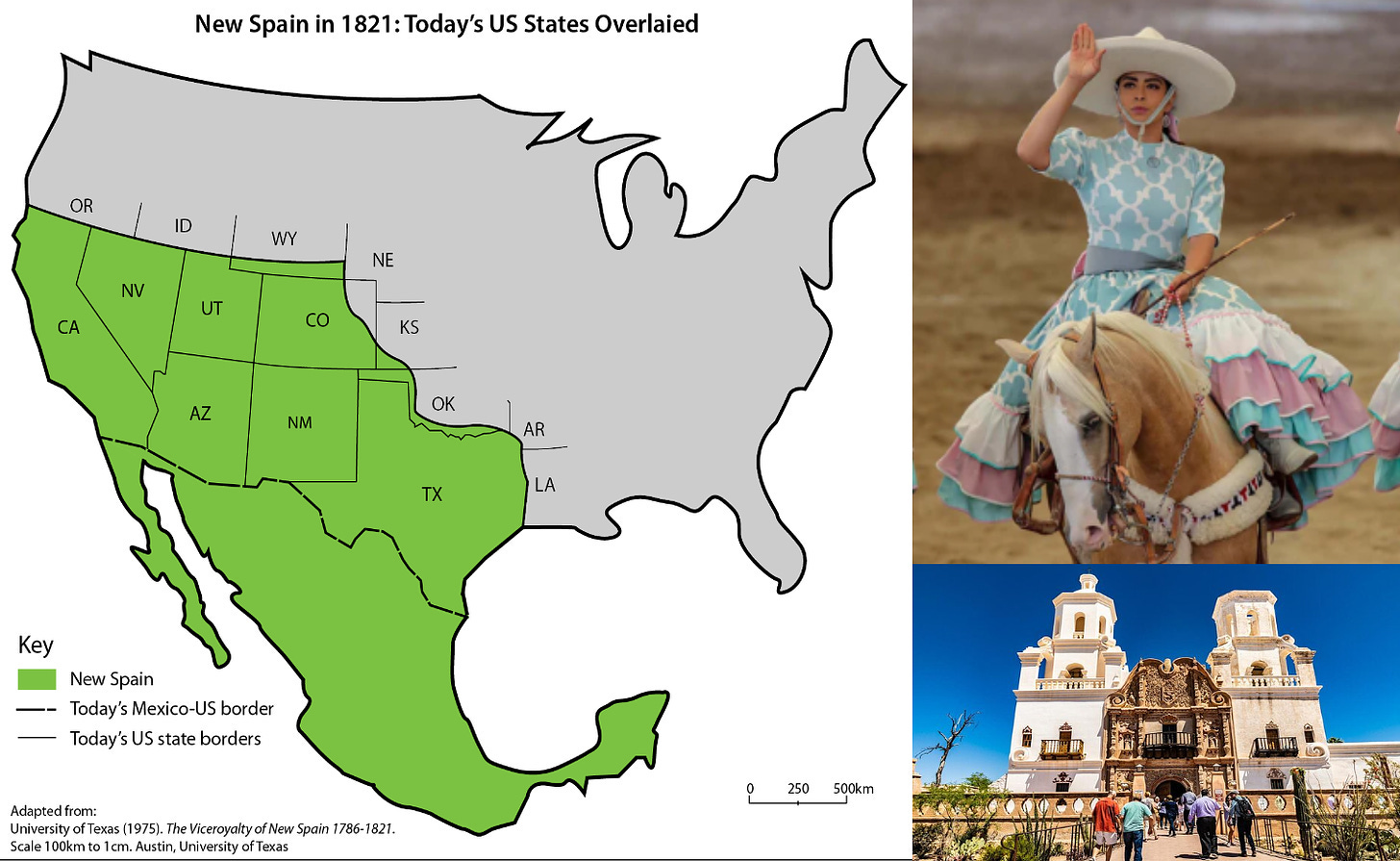
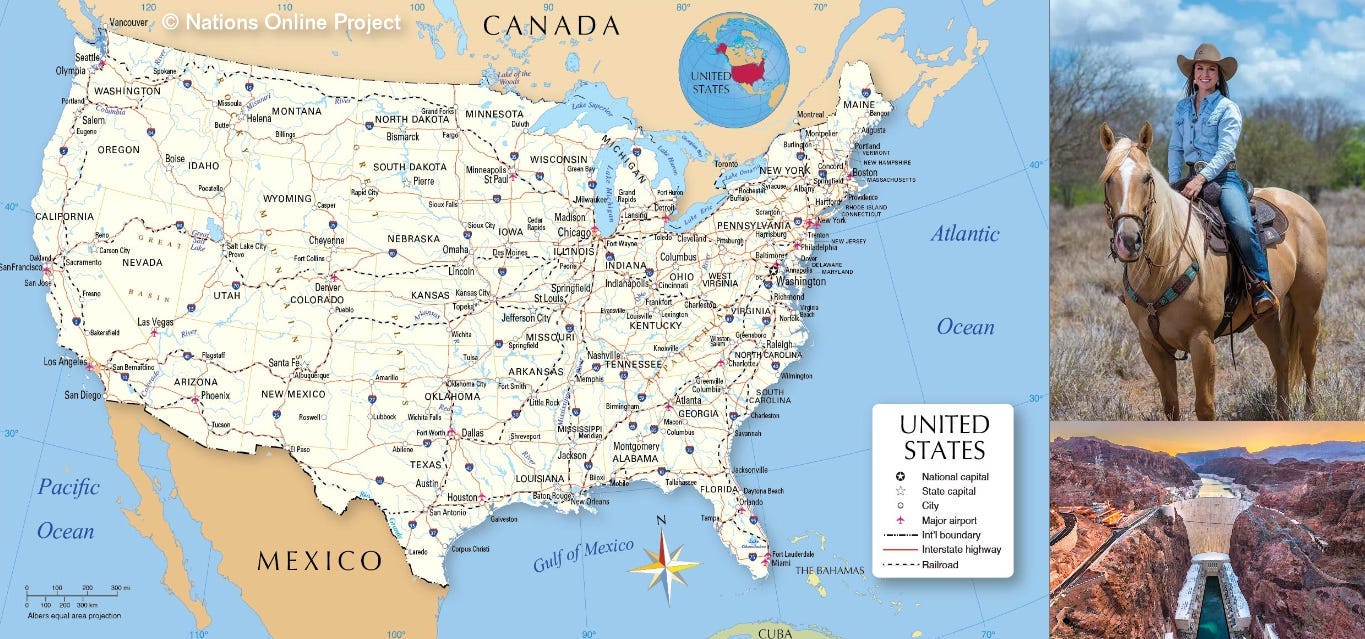
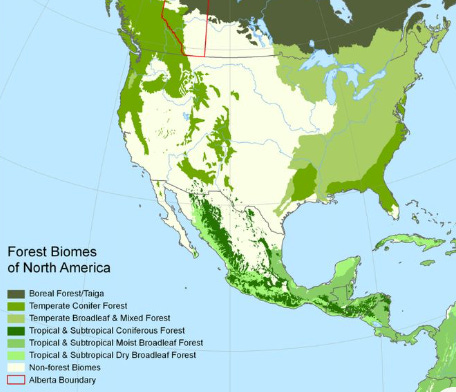
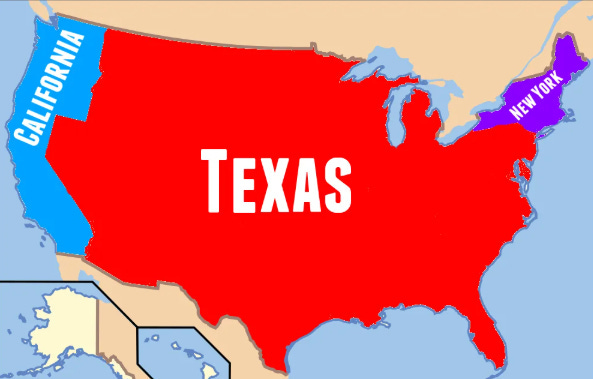
I was born and grew up in Aridoamerica. Was very happy when I discovered your substack about a month ago. I already believed in the "deindustrial future" as imagined by people like John Michael Greer, and have read Toynbee and Spengler and I mostly agree with their ideas about how new high cultures form at the boundaries of old ones. So of course your speculations about what is arising right now in my homeland are very fascinating for me. Keep them coming!
How do you view the impact of the "Faustians" now expanding their endless wars and engaging in global genocide via the planscamdemic?